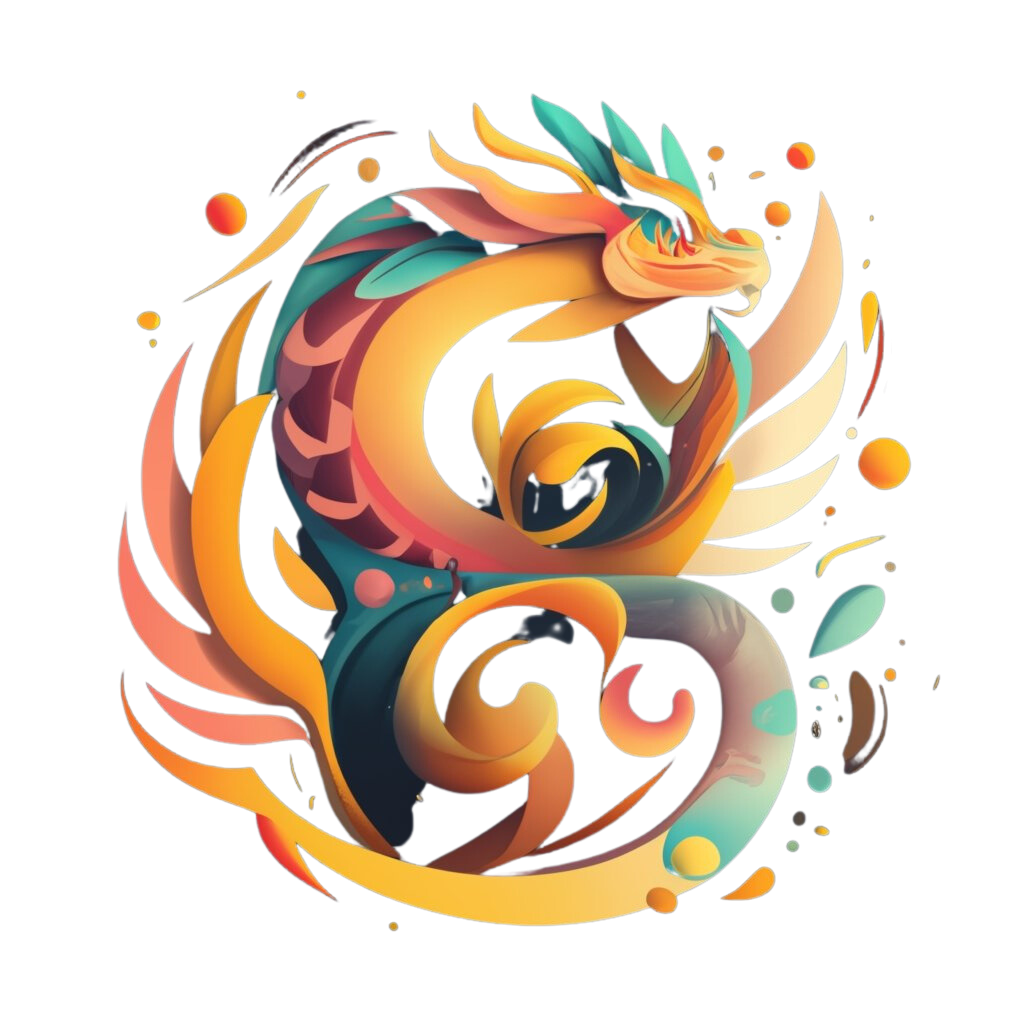Portuguese folklore draws from centuries of cultural exchange, influenced by Celtic, Roman, Moorish, and Christian traditions. This mix of beliefs and legends created a world of mythical creatures that shaped Portugal’s storytelling and identity.
The legendary beings offer more than entertainment. They reflect Portugal’s values, fears, and historical traditions. In this article, we’ll explore iconic mythical creatures, what they symbolize, and how they continue to influence modern Portuguese culture.
What Are Portuguese Mythical Creatures?
Portuguese mythical creatures have fascinated people for generations. These beings reflect not only imagination but also the morals, fears, and customs of the people who created them. From terrifying figures to protective spirits, each creature plays a role in teaching lessons or preserving cultural identity.
You’ll find many types of creatures in Portuguese folklore:
Category | Description | Examples |
Supernatural Beings | Creatures with magical or divine powers | Moura Encantada (Enchanted Maiden) |
Fearsome Entities | Beings that embody fear or danger | Lobisomem (Werewolf), Bicho-Papão (Boogeyman) |
Mythical Animals | Legendary animals often symbolizing various virtues or vices | Coca (The Dragon) |
These creatures often appear in Portuguese art, sculpture, and literature. They help connect people to their history and provide insight into cultural beliefs.
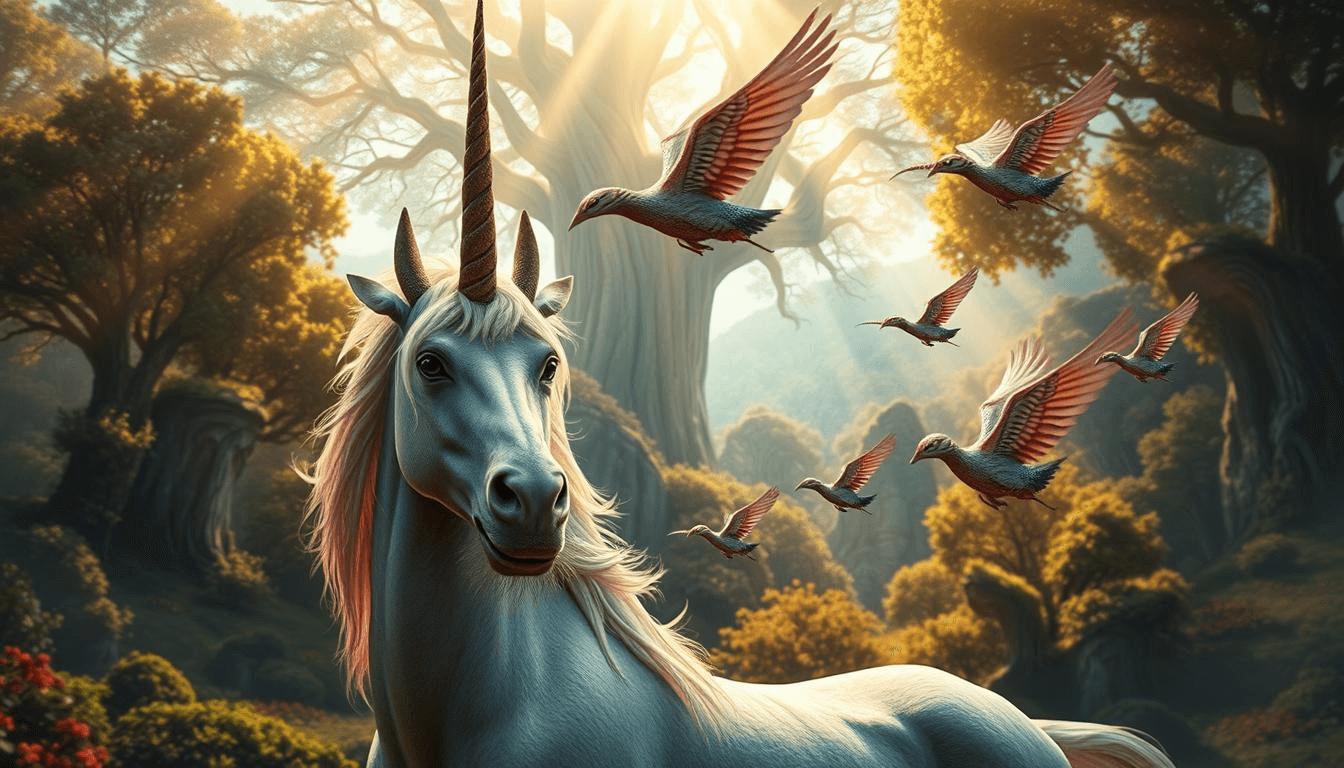
Top Legendary Creatures in Portuguese Folklore
From shapeshifters to enchanting spirits, these are the most well-known mythical creatures in Portugal:
Lobisomem (The Werewolf)
The Lobisomem is a man cursed to transform into a wolf during full moons. Some legends say the change is a punishment for sin, while others claim it’s caused by a curse. The creature symbolizes the struggle between human instinct and social control.
In some regions, the Lobisomem is more ghostly, while in others, it’s a tormented soul seeking redemption.
Moura Encantada (Enchanted Maiden)
Often found near rivers, fountains, or caves, the Moura Encantada is a beautiful woman with magical singing or music. She guards treasures and ruins, and legends say she appears at specific times to lure or reward travelers.
She represents the mystery of nature, the unknown, and the allure of beauty.
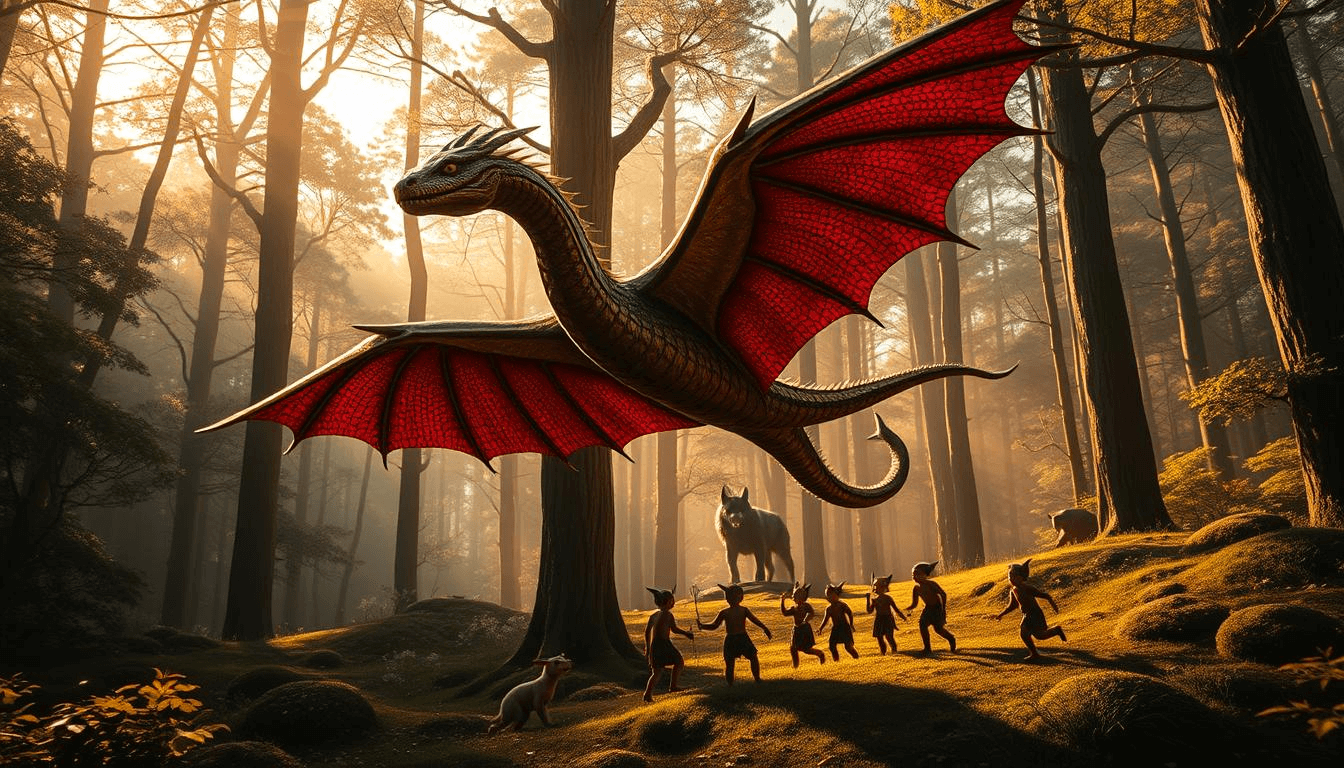
Bicho-Papão (Boogeyman)
The Bicho-Papão is a shadowy figure used to scare children into behaving. While his appearance varies, he’s always tied to fear of the dark and punishment. Parents use the legend to encourage obedience.
Coca (The Dragon)
The Coca is a dragon featured in festivals across Portugal. In some towns, locals reenact battles between the Coca and Saint George, symbolizing the fight between good and evil. The Coca (The Dragon) is both feared and celebrated, with meanings tied to fertility, protection, and seasonal renewal.
These creatures are still part of Portuguese culture today. They appear in art, parades, music, and stories passed through generations.
- Lobisomem (The Werewolf) symbolizes the human struggle with inner beasts.
- Moura Encantada (Enchanted Maiden) represents the allure and danger of the unknown.
- Bicho-Papão (Boogeyman) is used to discipline children.
- Coca (The Dragon) embodies the struggle between good and evil.
Regional Influence: Where Do These Myths Come From?
Portugal’s regional diversity shaped its folklore. Different areas have unique versions of each myth.
In the north, with its Celtic roots and rugged terrain, myths often center around natural landmarks like rivers or forests. The Moura Encantada is especially popular here, linked to springs and ancient ruins.
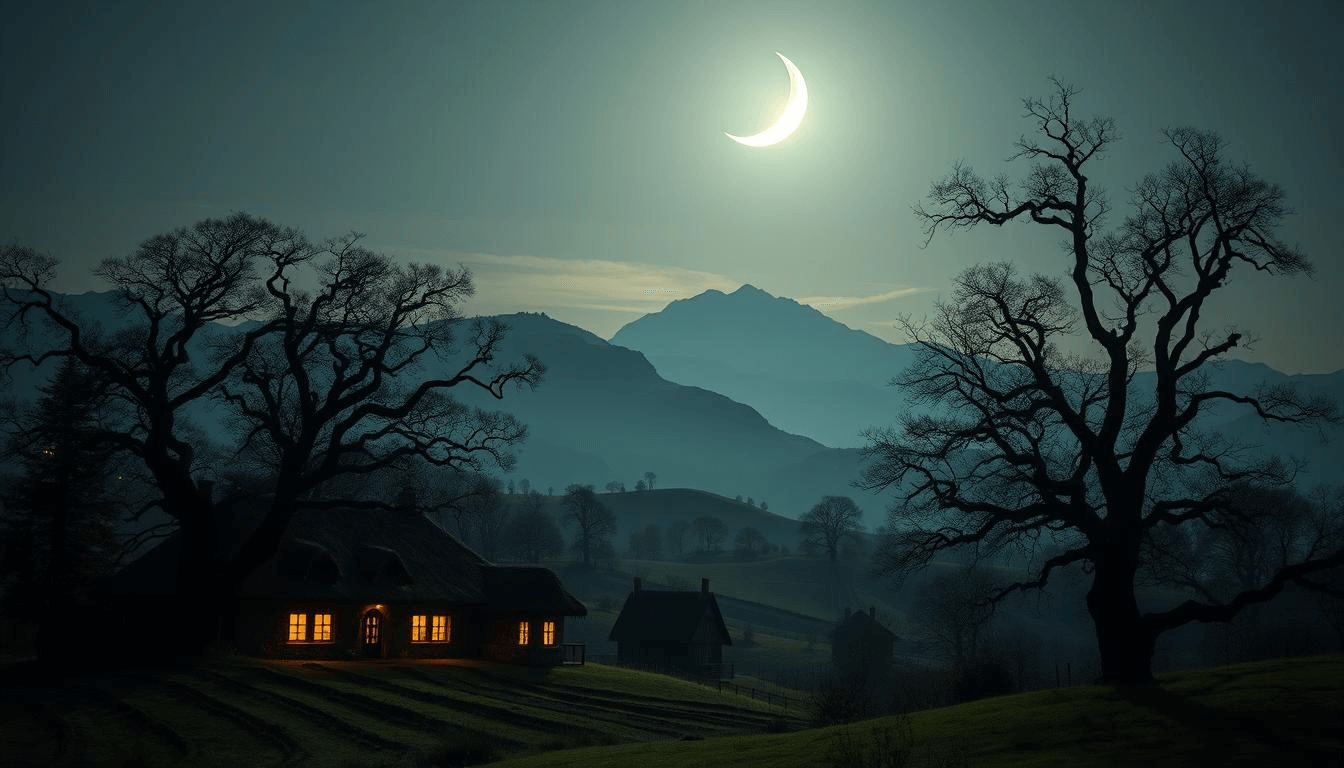
Southern Portugal, once home to Moorish settlers and closer to the sea, has stories tied to oceans and trade. Sea spirits, enchanted ships, and mysterious lights over the Atlantic are common.
These regional differences show how folklore reflects a region’s history and daily life.
What Do These Creatures Symbolize in Portuguese Culture?
Mythical creatures in Portuguese legends often carry deep meaning.
The Lobisomem (Werewolf), for instance, symbolizes the struggle between human and animal instincts, a common theme in many cultures. However, in Portuguese folklore, it also represents the fear of the unknown and the consequences of not adhering to societal norms.
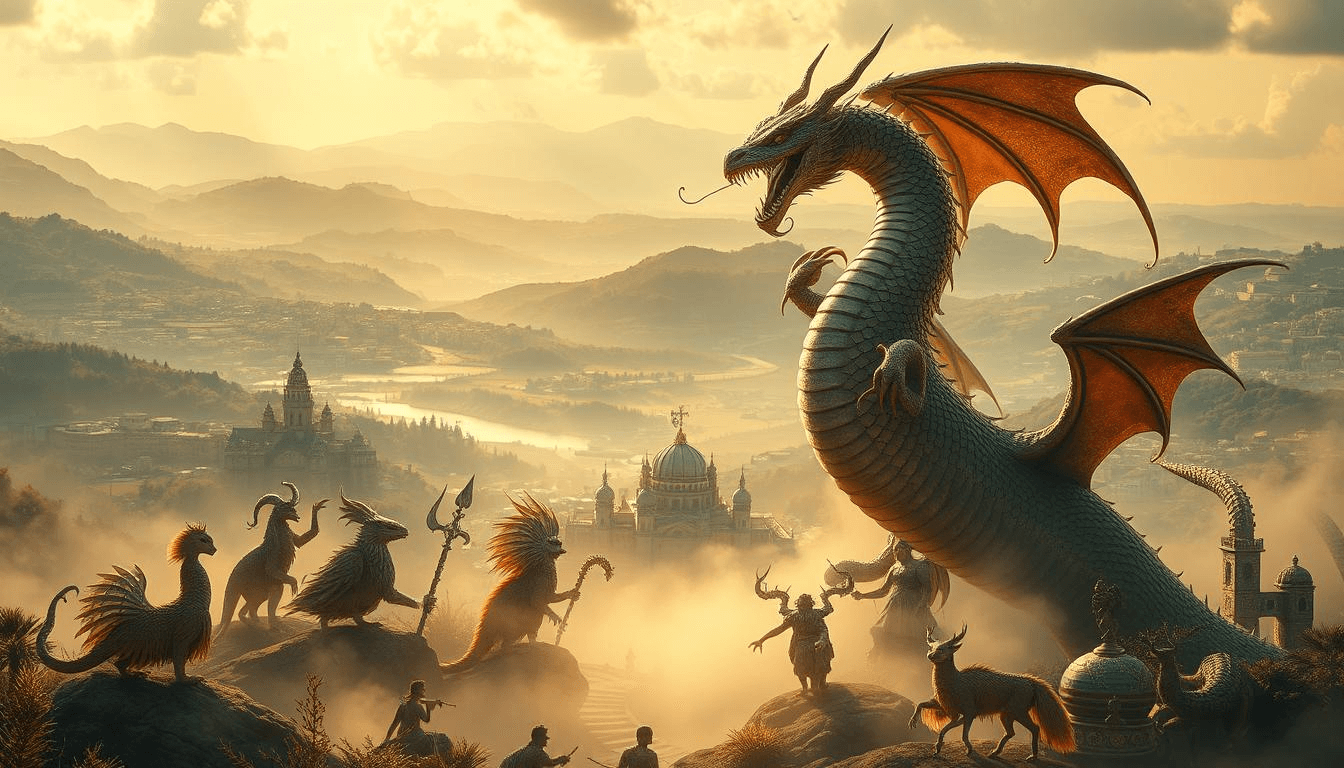
The Moura Encantada (Enchanted Maiden) is another creature that holds significant cultural symbolism. She represents the ideal of feminine beauty and the mysterious, often unattainable nature of love and desire.
Creature | Symbolism |
Lobisomem (Werewolf) | Struggle between human and animal instincts, fear of the unknown |
Moura Encantada (Enchanted Maiden) | Feminine beauty, mysterious nature of love and desire |
Bicho-Papão (Boogeyman) | Fear of the dark, discipline, and obedience |
Coca (The Dragon) | Good vs. evil, fertility, and protection |
For more on how other cultures use symbolism in myths, see Explore Mythical Creatures from Around the World.
Myth Meets Modern: How These Creatures Live On Today
From festivals to art, Portuguese mythical creatures have found a new life in modern times, continuing to captivate audiences with their timeless appeal.
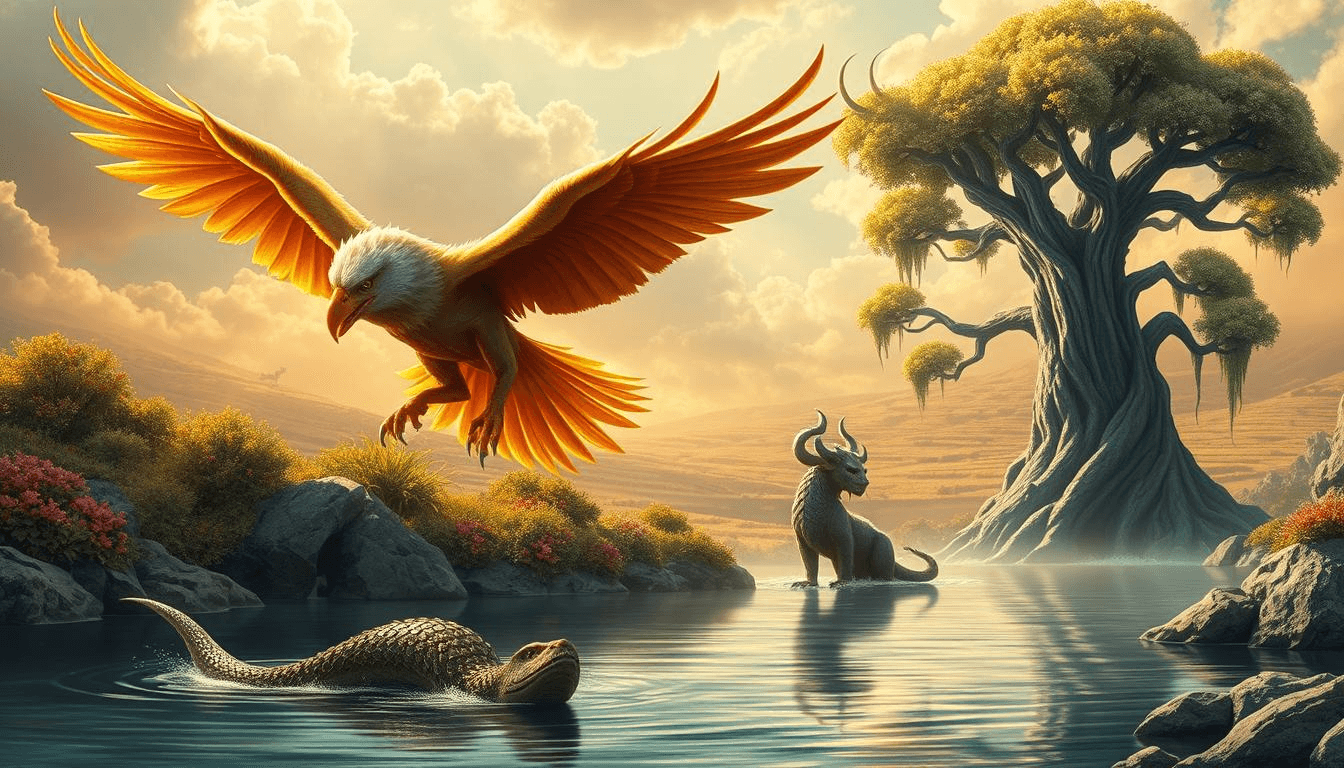
Festivals and Celebrations
One of the most vibrant ways Portuguese mythical creatures are kept alive is through festivals and celebrations. For instance, the Coca dragon, a fearsome creature from Portuguese folklore, is often featured in local festivals, symbolizing the struggle between good and evil.
These events not only entertain but also educate younger generations about their cultural heritage.
Appearances in Art, Music, and Literature
Portuguese mythical creatures have inspired a wide range of artistic expressions. In literature, they are often the protagonists of children's stories and horror tales, captivating readers with their magical and sometimes eerie presence.
In music and art, these creatures are used to symbolize various aspects of Portuguese culture, from the struggle against adversity to the celebration of love and fertility.
Tourism and Education
Some towns use their folklore to attract visitors. Walking tours and museums highlight local legends and historical figures, creating a sense of place and cultural pride.
Are Portuguese Mythical Creatures Still Celebrated Today?
Yes, Portuguese mythical creatures are still very much a part of contemporary culture. They are celebrated not only in traditional festivals but also in modern adaptations in media and tourism.
Their enduring presence is a testament to the rich cultural heritage of Portugal and the universal appeal of these mythical beings.
How Do Portuguese Creatures Compare to Others Worldwide?

Many Portuguese creatures resemble those in neighboring folklore, but with unique local twists. This shows the influence of shared history while preserving Portugal’s distinct voice.
Similarities with Spanish, Celtic, and Mediterranean Myths
Portuguese mythical creatures share many similarities with those found in Spanish, Celtic, and Mediterranean mythologies. For instance, the Lobisomem (Werewolf) in Portuguese folklore has its counterparts in Spanish and Celtic mythologies, reflecting a common European heritage.
Creature | Portuguese Mythology | Spanish Mythology | Celtic Mythology |
Werewolf | Lobisomem | Lobo | Cynocephalus |
Dragon | Coca | Dragón | Dragon |
Enchanted Maiden | Moura Encantada | Xana | Sidhe |
The table above illustrates the parallels between these mythologies, highlighting the shared cultural roots and the evolution of mythical creatures across different regions.
Differences in Interpretation and Symbolism
While there are similarities, the interpretation and symbolism of these creatures vary significantly across cultures. For example, the Coca (Dragon) in Portuguese folklore is often seen as a symbol of fertility and protection, whereas in other cultures, dragons may symbolize evil or chaos.
For more unique beings, visit Slavic Mythical Creatures: Uncover the Legends. You may also enjoy German Mythical Creatures: Exploring the Realm of Folklore.
Conclusion
Portuguese mythical creatures are more than stories—they are cultural treasures. From the shadowy Bicho-Papão to the radiant Moura Encantada, these beings reflect values, cautionary lessons, and the imagination of generations.
By learning about these mythical creatures, we gain insight into Portugal’s past and what its people have held sacred across centuries.
